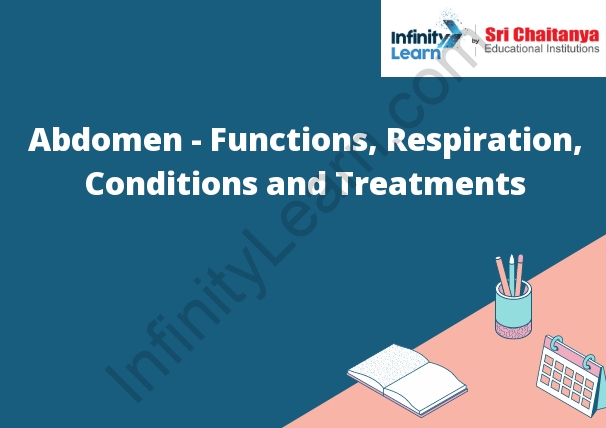Table of Contents
Introduction to Abdomen
The abdomen is the part of the body that contains the stomach, small intestine, large intestine, liver, gallbladder, pancreas, and spleen. The abdominal muscles are used to flex and rotate the trunk.

About Abdomen
The abdomen is the part of the body that lies between the chest and the pelvis. The abdomen contains many organs, including the stomach, small intestine, large intestine, liver, gallbladder, pancreas, and spleen. The muscles of the abdomen help to move food and other materials through the digestive system.
Muscles of the Abdomen
The muscles of the abdomen are responsible for the movement of the spine, pelvis, and hips. These muscles also play a role in breathing and digestion. The most important muscles of the abdomen are the: rectus abdominis, external oblique, internal oblique, and transversus abdominis.
Abdomen Functions
The abdomen is a large, muscular cavity that houses many of the body’s vital organs, including the stomach, small intestine, large intestine, liver, gallbladder, and pancreas. The diaphragm, a sheet of muscle that separates the abdomen from the chest, helps the lungs to expand and contract. The abdominal muscles help to move the intestines and other organs, and also play a role in breathing.
Respiration
Respiration is the process of the body exchanging oxygen and carbon dioxide with the environment. The oxygen is used by the body to create energy in the cells, and the carbon dioxide is expelled from the body. The process of respiration occurs in the lungs and in the cells of the body. In the lungs, the air is brought in and the carbon dioxide is expelled. In the cells, the oxygen is brought in and the carbon dioxide is expelled.
Movement and Posture
Movement and posture are important aspects of human physical activity. Movement is the act of changing position, and posture is the position of the body. Good movement and posture allow people to move and work more efficiently and safely. Poor movement and posture can lead to pain, fatigue, and injuries.
There are a few key things to keep in mind when it comes to good movement and posture. First, people should always move in a smooth and controlled way. They should avoid sudden, jerky motions, which can lead to injuries. Second, people should always use good body alignment when moving and standing. This means keeping the body straight and aligned, with the ears, shoulders, hips, and ankles in line with each other. Third, people should use appropriate amounts of force when moving. They should never try to lift or move objects that are too heavy, as this can lead to injuries. Finally, people should take regular breaks to move and stretch their bodies. This will help them stay healthy and avoid pain and injuries.
Abdomen Conditions
There are a number of different conditions that can affect the abdomen, including infection, inflammation, and cancer. Some of the most common symptoms of an abdomen condition include pain, swelling, and changes in bowel habits. Treatment depends on the specific condition, but may include medications, surgery, or radiation therapy.
Abdomen Treatments
Abdominal massage helps to improve blood circulation and lymphatic drainage in the abdominal area. This, in turn, helps to improve the function of the abdominal organs and can help to relieve pain, bloating, and constipation. Abdominal massage can also help to reduce the appearance of stretch marks.









